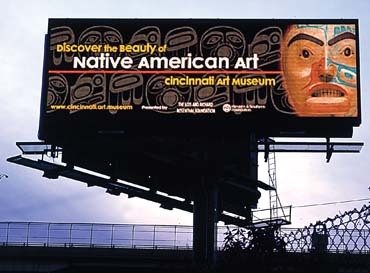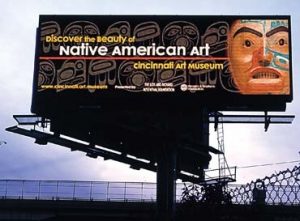In a new report called Electronic Message Center Research Review, produced by the United States Sign Council, authors Philip Garvey and Dr. Martin Pietrucha of Pennsylvania State University synthesized available research about electronic message centers (EMCs), cited various studies and suggested ways to improve their safety and effectiveness. A debate lingers as to whether roadway signs and EMCs pose a hazard to drivers. The authors concluded, based on existing research, that no definitive, statistically sound evidence links signs to traffic accidents. In addition, the authors evaluated various components of EMCs and static signs, such as font, color and reading distance, and offered designers a framework for creating effective EMCs. Garvey and Pietrucha also suggest more research on EMCs is needed because many of their findings were based on studies conducted on static signs. A summary of the authors’ findings follows. Readability and effectiveness Various factors contribute to how legible a sign is and how quickly drivers can read it. The report’s findings rely heavily on research conducted on nonmoving signs. Drivers were more likely to read signs with just brief text or symbols – signs that require little effort. Another study found that reading time for nonmoving signs shouldn’t exceed four seconds. A flashing message increased reading time. The researchers concluded that messages should fit on one screen of a changeable message sign (CMS). The Federal Highway Administration (FHA) made other recommendations for CMS messages in the federal Manual on Uniform Traffic Control Devices (Table 1). Other variables that affect sign readability include letter height, font and the use of symbols. One study cited concluded that letter height most profoundly affects the distance at which a sign is readable. While color seemed to have no bearing on legibility, font and spacing greatly impacted sign readability. Static signs that use symbols also were found to double the legibility distance of signs with text. Plus, signs with symbols were found to have less glare.
Driver safety While the erroneous stigma persists that roadway EMCs and static signs are dangerous for drivers, numerous studies have found no conclusive evidence linking signage with accidents. Although some states and researchers serve up data that blames advertising signs for roadway hazards, others find no correlation between signs and accidents. Numerous studies contradict each other’s findings. The FHA published the following: • A Wisconsin report found an increase in rear-end and side-swipe accidents with the introduction of signs that changed images at a rate of 12 a minute. • Massachusetts, Nevada, New Hampshire, New York, Texas and Utah didn’t see an increase in traffic problems after installing electronic displays in city centers and along highways. • In most cases, there wasn’t enough evidence to conclude that an EMC was a "major factor" in causing an accident. One study incorporated public opinion into its data. The researchers surveyed 152 drivers, and most felt EMCs negatively affect driver attention (Table 2). The same study also deduced that EMCs’ impact on traffic depends on the location and the sign.
All things considered According to the report, 44 states have no common EMC guidelines, except for the prohibition of flashing, intermittent or moving lights. Garvey and Pietrucha stress a pressing need for "a set of guidelines that would provide EMC designers, manufacturers and users with some needed direction in how to use these signs most effectively." The authors write that designers also must consider numerous questions before erecting an EMC, and the sign must be evaluated throughout the design process to ensure it complies with regulations (Table 3). Designers also should ensure the EMC is safe for the public. The report concludes that, most prominently, EMC designers require more research and information about how drivers view an EMC from a moving car because no EMC-specific research exists. In addition, the writers cite that, despite inconclusive data linking EMCs to hazardous driving, individuals’ perception that EMCs negatively affect driving is another safety aspect to consider. Finally, Garvey and Pietrucha recommend that more research be devoted to EMC regulations and qualitative and quantitative safety.
Advertisement


 Tip Sheet1 week ago
Tip Sheet1 week ago
 Photo Gallery3 days ago
Photo Gallery3 days ago
 Ask Signs of the Times5 days ago
Ask Signs of the Times5 days ago
 Real Deal2 weeks ago
Real Deal2 weeks ago
 Benchmarks1 week ago
Benchmarks1 week ago
 Paula Fargo13 hours ago
Paula Fargo13 hours ago
 Photo Gallery13 hours ago
Photo Gallery13 hours ago
 Women in Signs2 weeks ago
Women in Signs2 weeks ago













